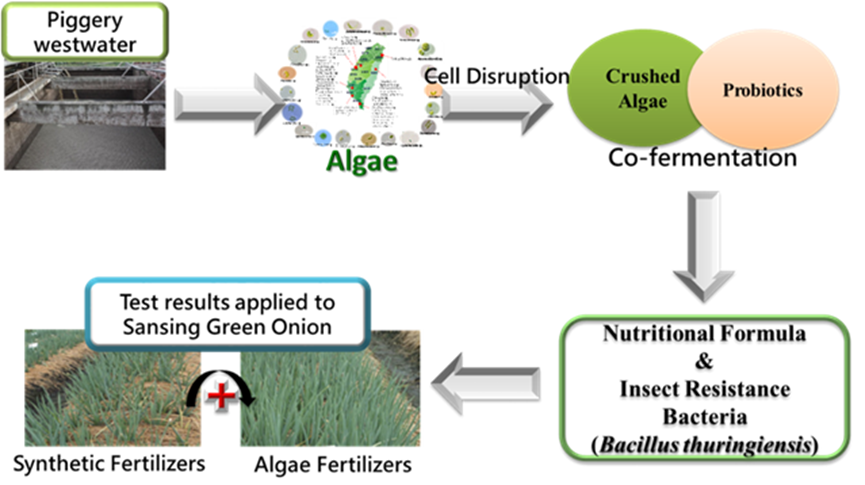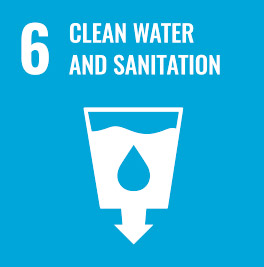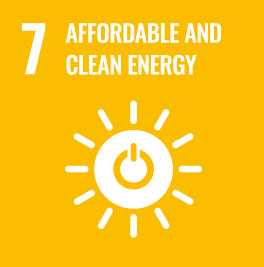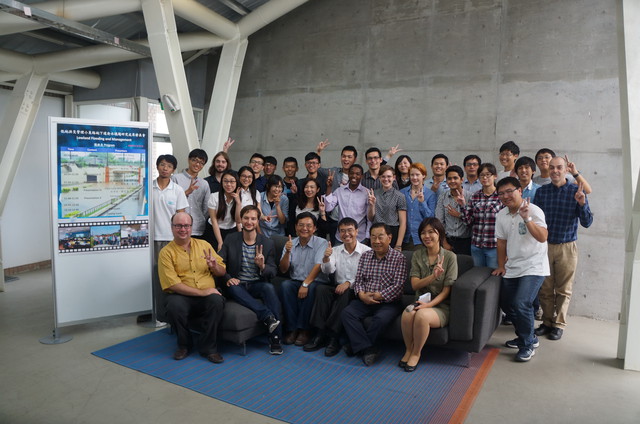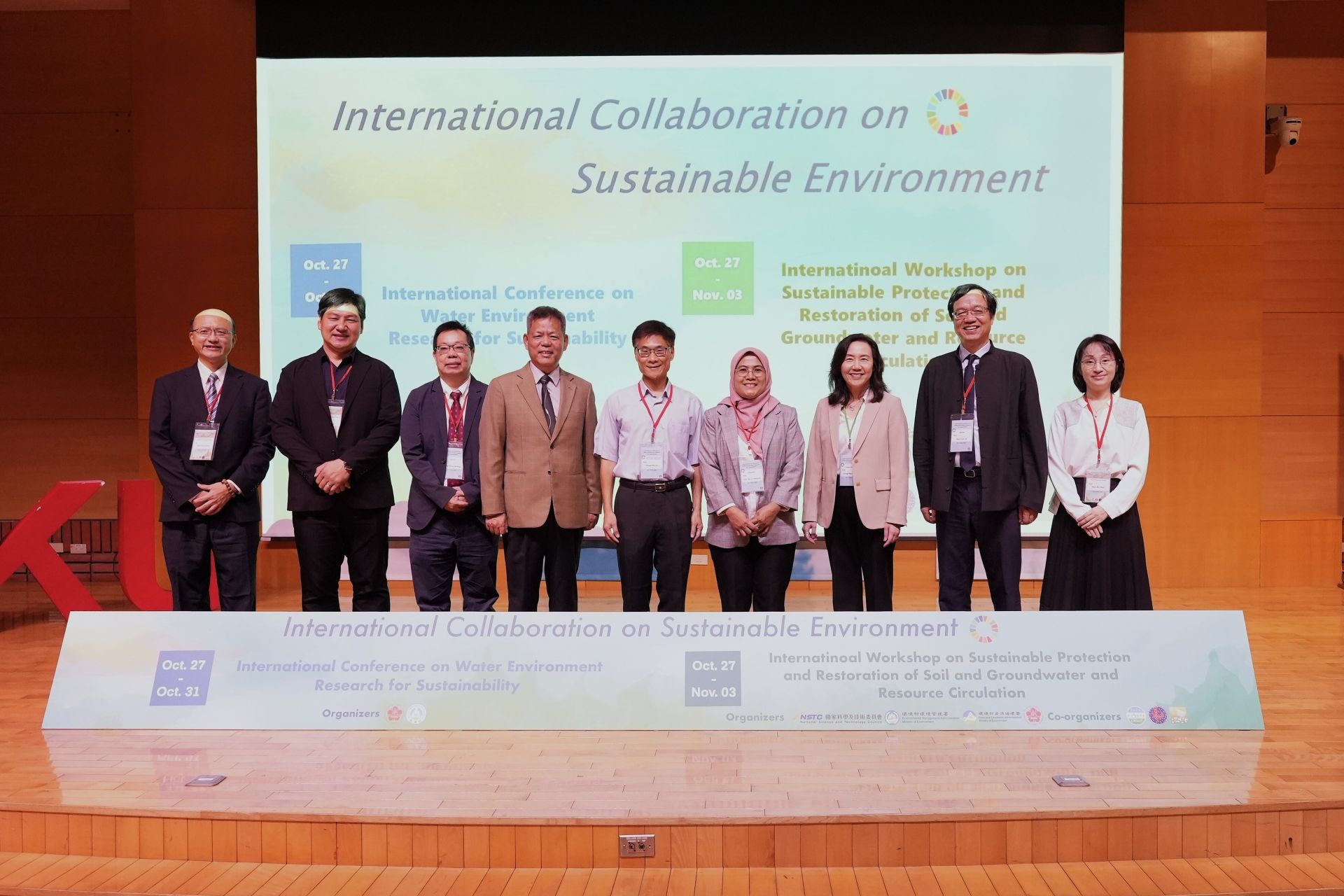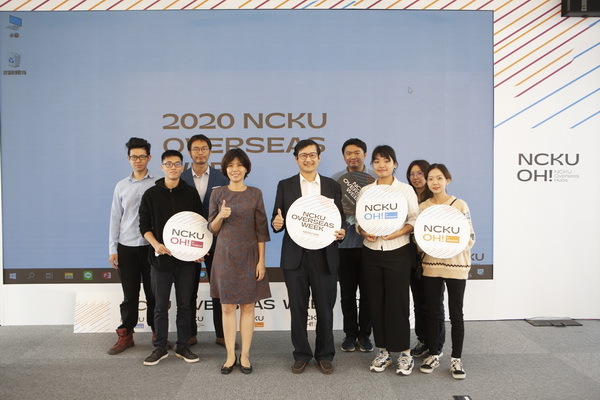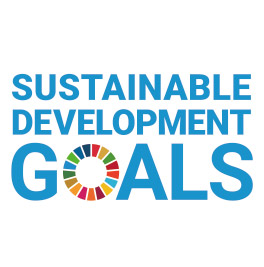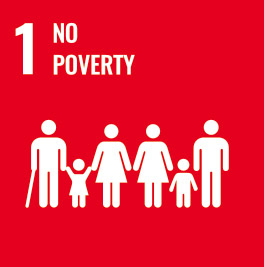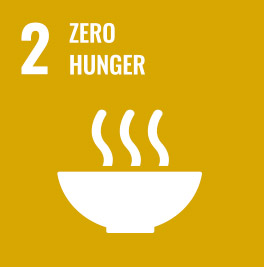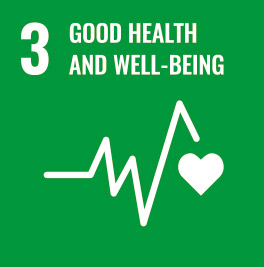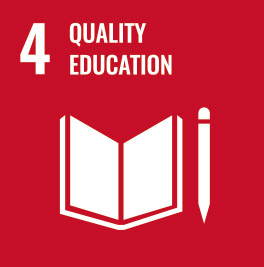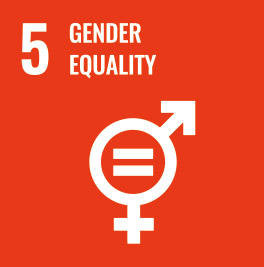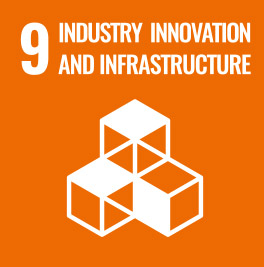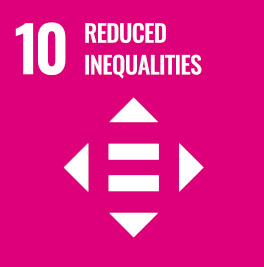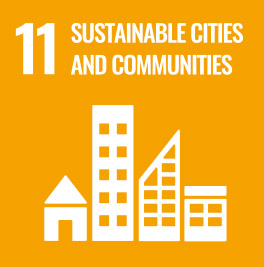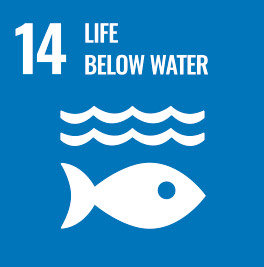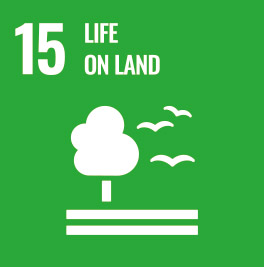According to the EPA's survey of land-based water pollution sources in Taiwan, livestock wastewater accounts for nearly 10% of all types of wastewater. Among them, piggery wastewater is the main source of pollution. If 30 liters per pig per day is produced, the amount of piggery wastewater produced in Taiwan is as high as 200,000 metric tons per day. At present, most of the wastewater treatment facilities used by domestic livestock farmers apply the three-stage wastewater treatment method developed and promoted by the Animal Production Research Institute of the Agriculture Committee. However, the wastewater currently discharged still contains high concentrations of nitrogen, phosphorus and mineral salts, causing serious environmental impact. In 2018, the Agriculture and Fisheries Commission promoted the direct land application of piggery wastewater for agricultural use. Studies have shown that direct discharge of piggery wastewater can alter the soil characteristics increasing the salinity, leaving the land in unusable conditions. Since carbon, nitrogen and phosphorus are the three most important elements for microalgal growth, piggery wastewater rich in these nutrients is very suitable as a sustainable nutrient source for microalgal cultivation. After laboratory tests, it has been shown that microalgae can not only effectively remove COD, nitrogen and phosphorus from piggery wastewater, but also produce liquid microalgal biomass for direct agricultural land irrigation without soil acidification. The microalgal biomass can be further fermented with special strains to produce liquid fertilizer with high economic value. Therefore, the use of microalgae to treat livestock wastewater can effectively purify wastewater and produce liquid microalgal biomass with high economic value, which is a promising technology with great development potential. The technology was interviewed by Discovery Channel in 2017 and premiered in public media on 2017.11.18. In 2018, it won the LEKO Technical Award from the TECO Green Tech International Contest. In 2017, our term signed a total of US$70,000 in international technology transfer with Asia Nutrition Technologies Co., Ltd. in Vietnam, and implemented 3 international industrial-university cooperation projects at the same time. In 2018, once again, our term signed a technology transfer with total worth of NT$10 million to Nanoplus Ltd.

